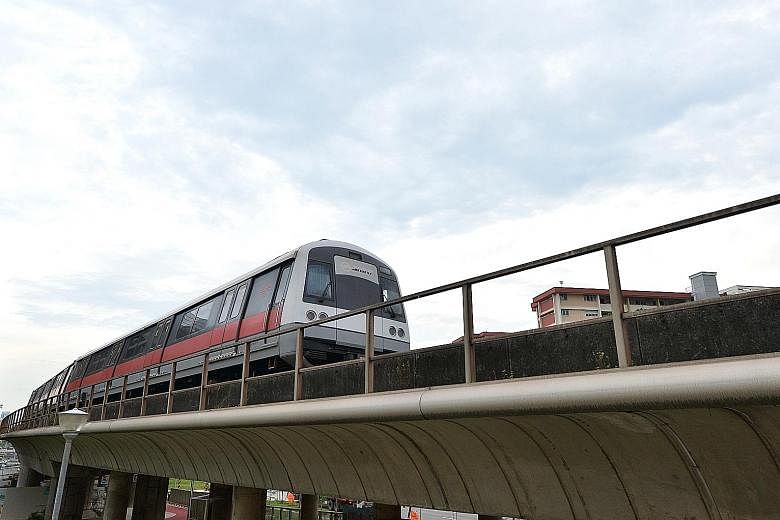Temasek Holdings' bid to take over SMRT has been termed a "privatisation", but what does that really mean and how is it different from nationalisation?
Experts say that in this case, it simply means that if the bid succeeds, SMRT would be a closely held firm that is not listed on the Singapore Exchange.
And it is not a nationalisation because Temasek owns assets at arm's length from the Government.
"Privatisation in the context of a takeover transaction means the delisting of a company and turning it into a closely held company, owned by one or a few shareholders," noted Mr Lean Min-tze, a principal at law firm Baker & McKenzie.Wong & Leow.
"In Singapore, a private company cannot have more than 50 shareholders."
Law firm Lee & Lee's senior partner Adrian Chan said: "Unlike what many people might think, Temasek is not part of the Government. It is a separately-run fund with its own investment goals to meet."
Dr Walter Theseira, a senior lecturer at SIM University, agreed.
"When a company is nationalised, it comes under the direct control of the government. The nationalised company's assets, liabilities and profit or loss generally become the responsibility of the government," he said.
However, he added, if a Temasek-owned company makes a loss, the Government is not responsible. That is, the Government does not need to make good the losses to Temasek-owned companies from the Budget.
"It is true that if Temasek-owned companies make losses, that eventually does have an impact on Singapore's finances because that erodes the value of our reserves. But the connection happens at arms' length," added Dr Theseira.
Temasek's takeover bid comes just five days after the Government announced that the Land Transport Authority would take over SMRT's operating rail assets.
Now this deal, noted Mr Lean, can be termed nationalisation as it is "a transfer of ownership and control of assets from a commercial entity (SMRT) to the Government (LTA)."
Another interesting aspect of Temasek's privatisation bid, Mr Chan said, is the fact that it is a scheme of arrangement. Under the scheme, a majority of shareholders at a meeting have to vote for the deal in order for it to succeed.
These shareholders will have to hold at least 75 per cent of the value of SMRT shares held by all shareholders present at the meeting.
This offers more certainty to a potential buyer, who will get all or none of the company, than the more common route of launching a general offer.
"Under a general offer, Temasek would technically have had to acquire over 90 per cent of what it did not already own in SMRT, which is a high threshold," noted Mr Chan.
"So there would have been a risk that it would end up with more shares in SMRT, and yet still not be able to take it private."
And so in this case, it is clear that Temasek wants to have SMRT privatised, or else not have more shares in the rail operator than it already has, he said.
The two firms said in a joint statement on Wednesday that privatisation would provide SMRT "greater flexibility to focus on its primary role of delivering safe and high-quality rail service, without short-term pressures of being a listed company".


